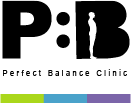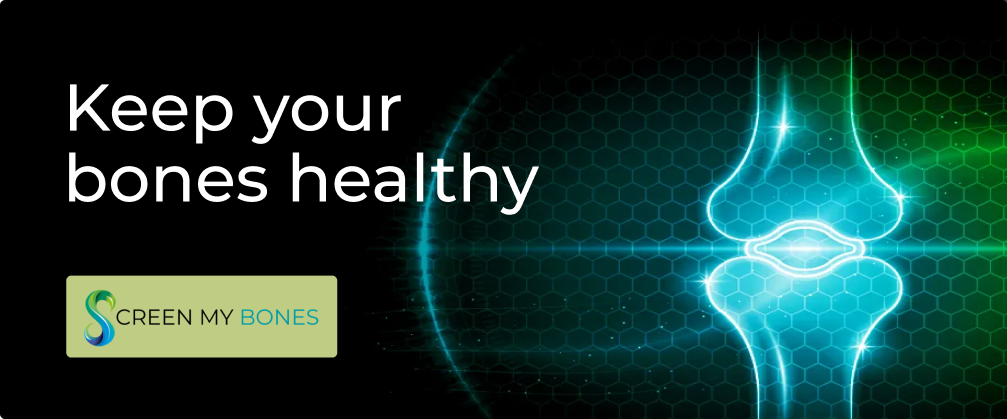Osteopathy is a type of hands on manual therapy, which may involve gentle mobilisations or manipulations (joint clicking) of joints and massage techniques to help relax or stretch muscles, in order to help restore normal function to the musculoskeletal system.
There are many different injuries and illnesses that osteopaths can treat alongside musculoskeletal injuries. These include; digestive problems, cervicogenic headaches (headaches associated with dysfunction of the spine) and cranial osteopathy for babies.
I’ve never seen an osteopath before, what can I expect at my appointment?
Your first appointment may last up to 60 minutes and is divided into 4 parts:
- Discussion about your symptoms and relevant medical history
The osteopath will ask you some questions about your symptoms, lifestyle and medical history in order to have an understanding of what may have caused the problem. They will ask about any investigations (scans) or treatments you have previously had and if any of this has helped the problem. The information is used to see if there is anything in your medical history that may influence your condition, what goals you would like to achieve and how the rest of the session will be carried out. - Physical examination
The osteopath will then ask you to remove some clothing to assess and examine the injured/problem area. The assessment will go through various tests to check the mobility of your joints, muscle function, assess how you walk and what structures of the body are likely causing your pain/dysfunction. - Clinical diagnosis
After the osteopath has completed the physical examination and they are satisfied that you don’t need further tests, they will explain what is the most likely cause of the symptoms that you are experiencing. They will then create a treatment plan for you and start treatment right away. - Treatment
The treatment the osteopath will give is tailored to you and your problem. Treatment may involve gentle mobilisations and manipulations of your joints, stretching and/or strengthening of relevant muscles. The main goal of treatment is to improve function, mobility and decrease pain. You may also be given some lifestyle, dietary and exercise advice to help self-manage your condition. In some cases, you may be referred to your GP or a specialist for other treatments.
For more information about Osteopathy
This article was written by our team of specialist therapists at Perfect Balance Clinic. If you would like more specific advice about how our team can help you with this condition or symptoms you may be having, please complete the contact form below and one of the team will get back to you shortly.






